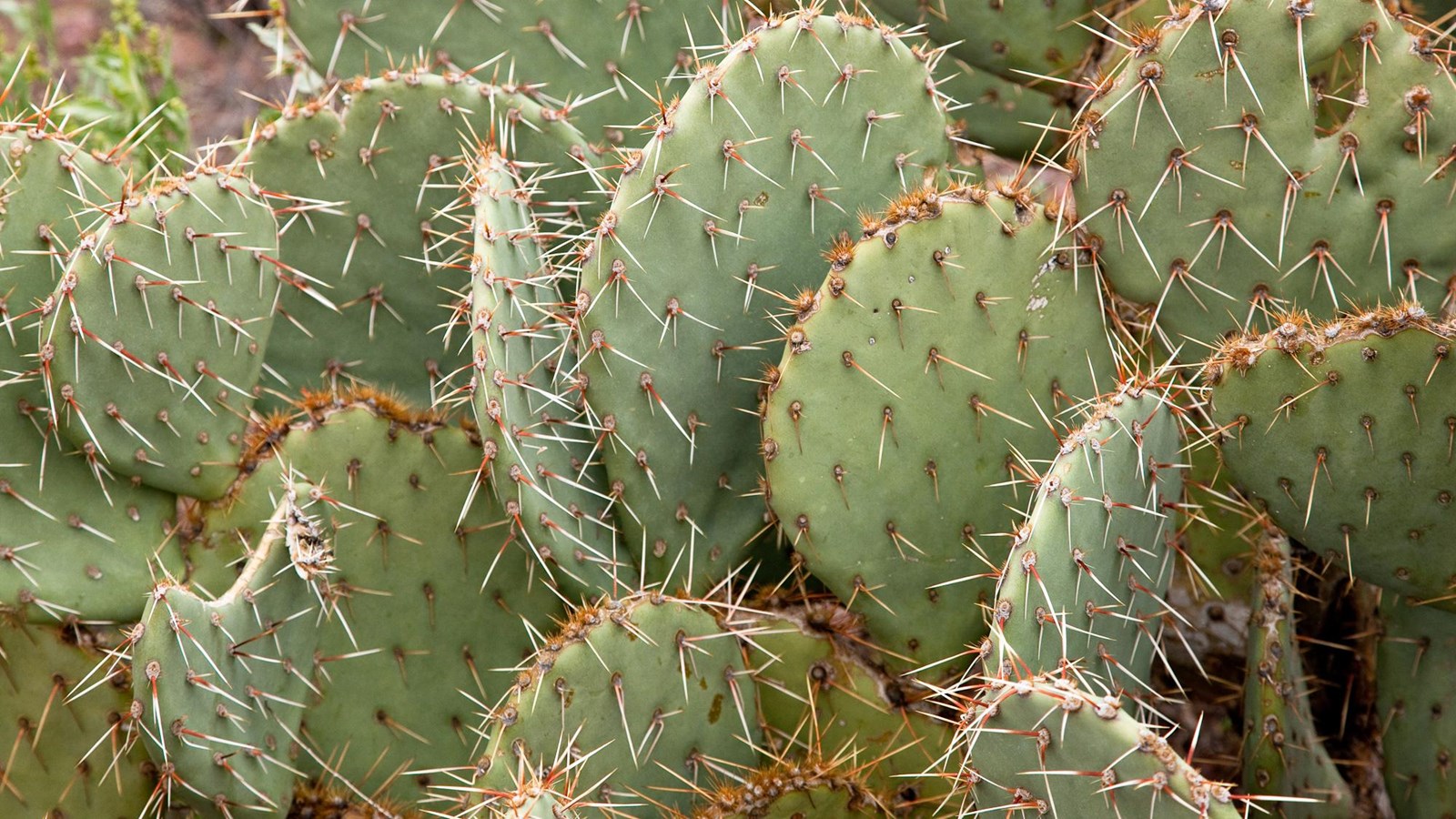Last updated: June 18, 2021
Place
Ajo Mountain Drive Stop 8

NPS Photo/ Craig Stocks
Quick Facts
Location:
Mile 7.1 [km 11.4] along the Ajo Mountain Drive
Stop 8
The Prickly Pear
Many species of prickly pear cacti are familiar to travelers because prickly pear grows naturally throughout most of the Western Hemisphere. Abundant on the surrounding slopes is engelmann prickly pear, the most common prickly pear species in the monument.
Yellow flowers bloom along the edges of the flat pads from April through June. Deep purple fruits called tunas are an important food in many parts of Mexico and among Native Americans. The flat pads are modified stems, functioning in the place of leaves. The prickly pear has adapted to the desert by keeping its pads straight up and thus only receiving sun on its edges, preventing sunburn under the harsh noon sun.
These cacti are very important to sustaining animals in the desert. They provide food for the javelina who, like goats, will eat anything. Tortoise love to eat the fruit. Prickly pear cacti prove useful to humans, too. The new pads, or nopales, are filled with juices and may be picked to make a great salad or a bittersweet jelly.
